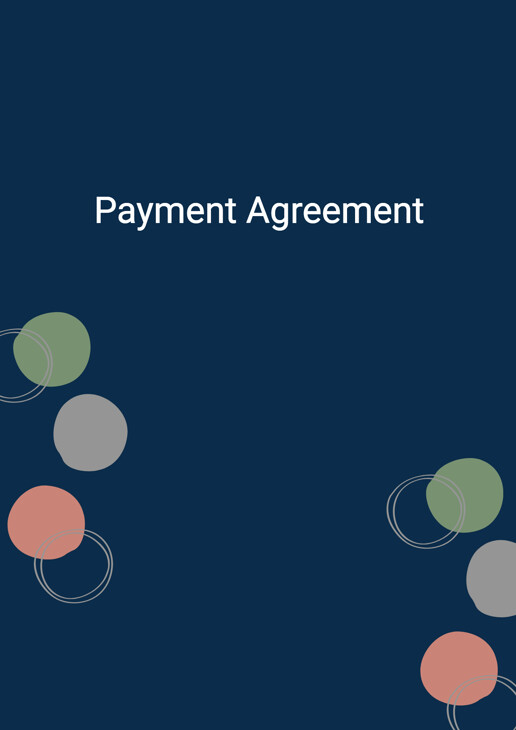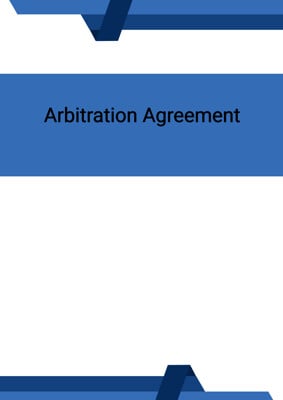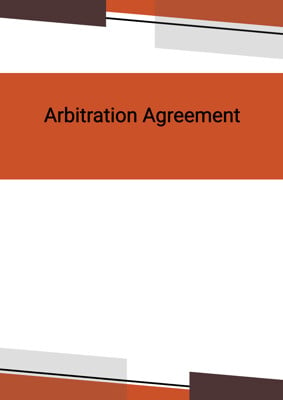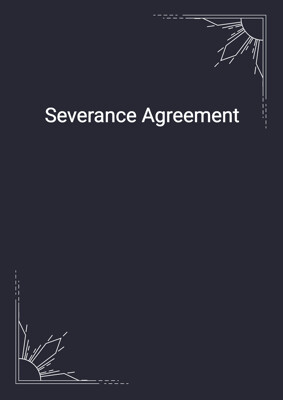How to Tailor the Document for Your Need?
01
Create Document
Fill in the details of the parties. You can click the "Fill with Member’s Information" button to complete it with information saved to your account.
02
Fill Information
Please fill in any additional information by following the step-by-step guide on the left hand side of the preview document and click the "Next" button.
03
Get Document
When you are done, click the "Get Document" button and you can download the document in Word or PDF format.
04
Review Document
Please get all parties to review the document carefully and make any final modifications to ensure that the details are correct before signing the document.
Document Preview
Document Description
The Payment Agreement is a document that outlines the terms and conditions for the repayment of a debt. It is important because it serves as a legally binding agreement between the debtor and the creditor, ensuring that both parties are aware of their rights and obligations. The document begins with a brief introduction, stating the purpose of the agreement and the parties involved. It then proceeds to outline the various sections of the document.
Section 1: Debt Acknowledgement
This section acknowledges that the debtor owes the creditor a specific amount of money, referred to as the debt. It emphasizes the debtor's agreement to repay the debt in full.
Section 2: Payment Plan
The payment plan is described in detail in Annexure A, which is attached to the agreement. This section explains that the debtor is required to make payments to the creditor on or before the scheduled dates specified in the payment plan. It also mentions that the debtor must use the designated payment method for each payment.
Section 3: Late Payments
In the event of a late payment, the creditor allows the debtor an additional 30-day period to make the payment. If the payment remains unpaid after this period, the agreement is considered to be in default.
Section 4: Release
This section states that the creditor releases the debtor from any prior actions or claims related to the debt as of the date of the agreement. However, it clarifies that the debtor is still obligated to pay the debt according to the payment plan.
Section 5: Default
If the debtor defaults on making a payment and fails to cure within a reasonable amount of time, the remaining unpaid debt balance becomes immediately due and payable to the creditor.
Section 6: Warranties and Representation
Both parties represent and warrant that they have the authority and capacity to enter into and fulfill their obligations under the agreement. They also ensure that their performance will not violate any rights of third parties or any other agreements.
Section 7: Assignment
This section prohibits either party from assigning the agreement or subcontracting its performance without the prior written consent of the other party.
Section 8: Waiver
It is stated that no failure or delay in exercising any right or remedy provided by law under the agreement shall impair such right or remedy or be construed as a waiver or variation of it.
Section 9: Governing Law and Jurisdiction
This section refers to the jurisdiction clause, which specifies the governing law and the jurisdiction in which any disputes arising from the agreement will be resolved.
Section 10: Severability
It is mentioned that if any term or condition in the agreement is held to be invalid, the agreement will be interpreted as if such invalid term or condition was not included.
Section 11: Entire Agreement
This section states that the agreement contains the entire agreement between the parties and supersedes any prior written or oral agreements.
Section 12: Counterparts
The agreement can be executed in counterparts, with each counterpart having the same effect as the others. The document concludes with the signature blocks for both parties.
How to use this document?
1. Debt Acknowledgement: The debtor should acknowledge and agree that they owe the specified debt amount to the creditor.
2. Payment Plan: The debtor must carefully review the payment plan described in Annexure A and ensure they understand the scheduled payment dates and the designated payment method for each payment.
3. Late Payments: The debtor should make every effort to make payments on time. If a payment is late, the debtor has an additional 30-day period to make the payment before the agreement is considered to be in default.
4. Release: The creditor releases the debtor from any prior actions or claims related to the debt as of the date of the agreement. However, the debtor is still obligated to pay the debt according to the payment plan.
5. Default: If the debtor fails to make a payment and does not cure within a reasonable amount of time, the remaining unpaid debt balance becomes immediately due and payable to the creditor.
6. Warranties and Representation: Both parties should ensure that they have the authority and capacity to fulfill their obligations under the agreement. They should also ensure that their performance will not violate any rights of third parties or any other agreements.
7. Assignment: Neither party should assign the agreement or subcontract its performance without the prior written consent of the other party.
8. Waiver: The parties should be aware that no failure or delay in exercising any right or remedy provided by law under the agreement shall impair such right or remedy.
9. Governing Law and Jurisdiction: The parties should be aware of the governing law and jurisdiction specified in the agreement for resolving any disputes.
10. Severability: If any term or condition in the agreement is held to be invalid, the agreement will be interpreted as if such invalid term or condition was not included.
11. Entire Agreement: The parties should understand that the agreement contains the entire agreement between them and supersedes any prior written or oral agreements.
12. Counterparts: The agreement can be executed in counterparts, with each counterpart having the same effect as the others. Both parties should sign the agreement on the designated lines.
Not the right document?
Don’t worry, we have thousands of documents for you to choose from:















